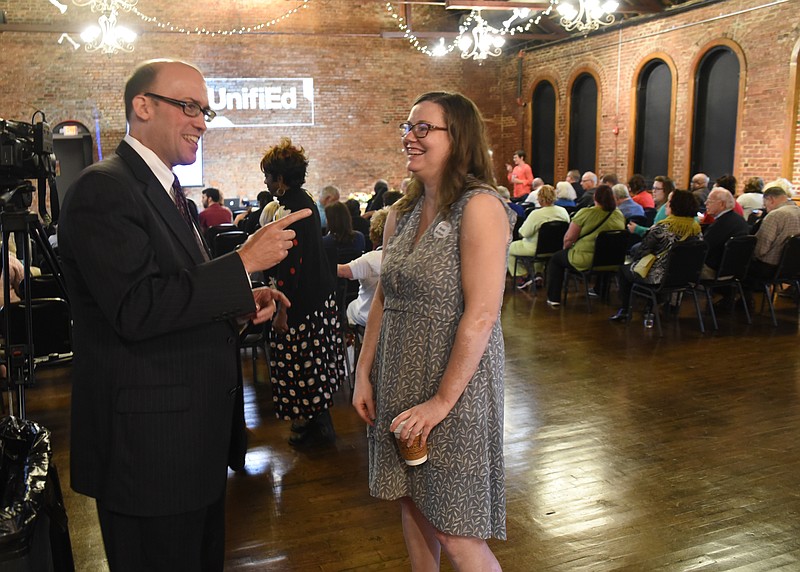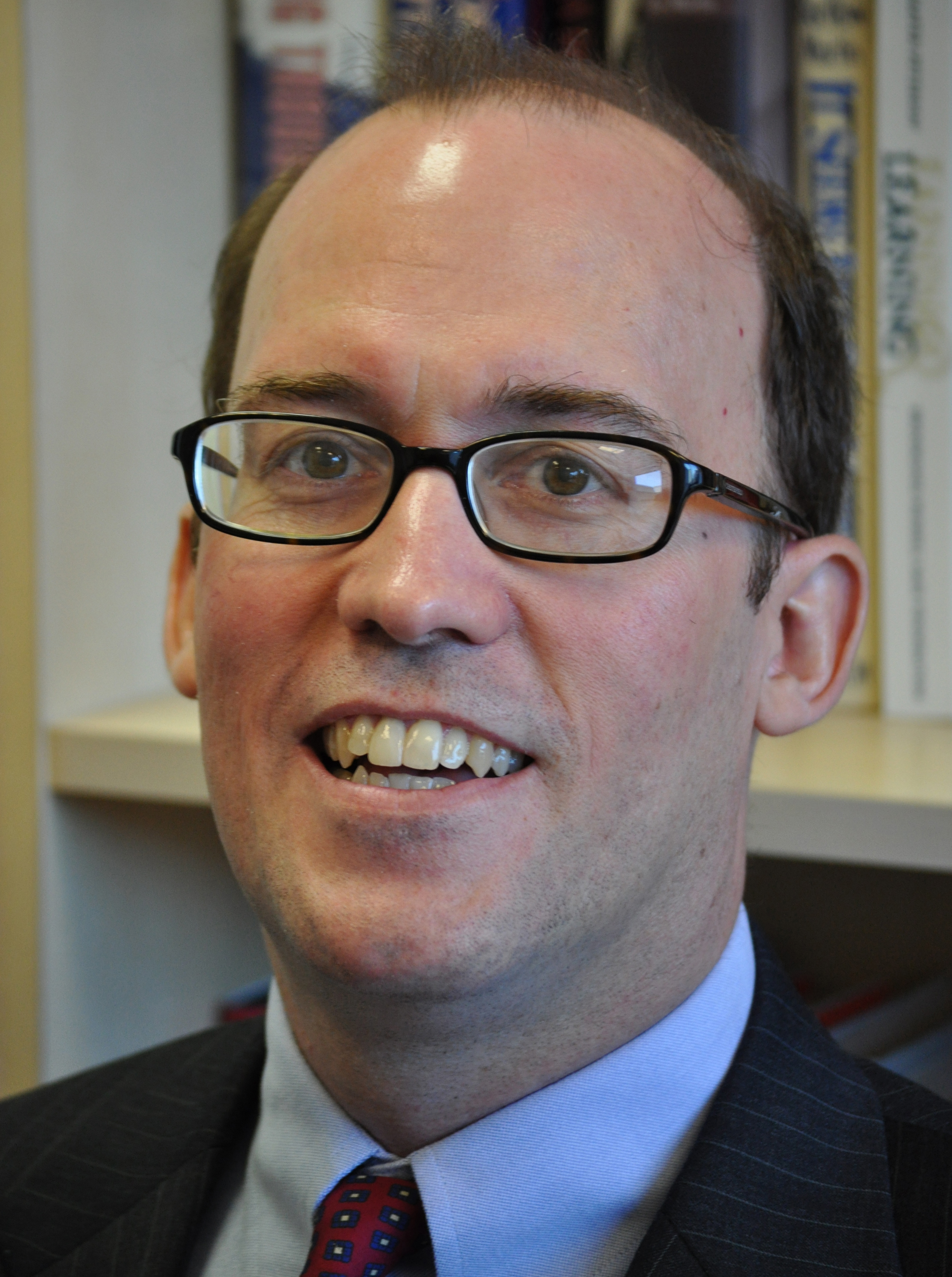Most of the focus [nationally] is on fixing high-poverty schools and accepting that our schools are going to be racially and economically segregated. We don't have to accept segregation as inevitable and should look at creative ways, noncoercive ways, to desegregate our public schools.
Students born into poverty already have one strike against them, and they face another disadvantage when they are educated with other poor kids, according to an education expert.
A variety of research studies and data prove that socioeconomically diverse schools outperform segregated ones, Richard Kahlenberg, a senior fellow at the Century Foundation, told a crowd of about 100 people gathered at the Church on Main Thursday night.
"Poor kids can learn if given the right environment," Kahlenberg said.
Too often, low-income students are trapped in schools segregated by economic class, said Kahlenberg, a leading thinker in the economic integration movement in K-12 schools.
"Most of the focus [nationally] is on fixing high-poverty schools and accepting that our schools are going to be racially and economically segregated," Kahlenberg told the crowd. "We don't have to accept segregation as inevitable and should look at creative ways, noncoercive ways, to desegregate our public schools."
Kahlenberg qualified that socioeconomic diversity is not always tied to race, but it often leads to a fair amount of racial integration, which he argued makes society stronger.
The crowd Thursday represented a spectrum of races and generations. They gathered for the Community Conversation, hosted by UnifiEd, a local nonprofit organization that advocates for educational equality in Hamilton County.
Kahlenberg presented examples of school districts, primarily in northern states, that are showing how diverse schools help all students, not just the low-income ones. He said a growing body of research is showing that integrated schools are not harming middle-class students, but benefiting them. And helping low-income students succeed benefits the entire economy.
Kahlenberg was quick to say that the traditional idea of mandated busing is not the way to make economic diversity happen. He said middle-class parents need incentives to send their children to diverse public schools, or it won't work.
For example, magnet schools can be created around specific themes or pedagogies that save spots for students from all ZIP codes, Kahlenberg said.
He admitted it can be hard to change the reputation of existing schools, and said it usually takes something new and different at a school to attract middle-class parents.
Kahlenberg said economic integration can happen here.
"There are real possibilities here to economically integrate many, many of the schools, and that is not as possible in other districts," he said.
Hamilton County, he later said, is "in a terrific position to take action on this issue."
Kahlenberg pointed out that the county is a merged district with urban and suburban schools, which can make integration easier. The rate of students considered "economically disadvantaged" by the state - 59 percent - is much more manageable than other districts like Chicago where this percentage hovers around 85 percent, he said.
Also, the fact that approximately 25 percent of students in Hamilton County attend private school - more than double the national average for a district - can be an asset, as those students can enroll in public school.
At the end of his presentation, Kahlenberg answered questions from the crowd.
One woman asked if the successfully integrated school districts prepared teachers to handle a more diverse classroom.
Kahlenberg said training is definitely a key component within these schools, adding that the teaching staff at a school also needs to reflect the diversity of its students.
A man in the audience said he agrees that socioeconomically diverse schools are good, but he asked: what do you do when kids return to segregated neighborhoods?
Kahlenberg joked that for once he didn't have the answer, and then solemnly answered that he likes the idea of supplementing integration into neighborhoods. But he said schools offer a unique opportunity to broaden kids' horizons and are places where policy can be directly changed.
Elizabeth Crews, executive director of UnifiEd, reminded the crowd this conversation is ongoing, and that it takes people from across the community to improve public schools here.
"This is a start of the conversation," Crews said, "not the end."
Contact staff writer Kendi Anderson at kendi.anderson@timesfreepress.com or 423-757-6592. Follow on twitter @kendi_and.

